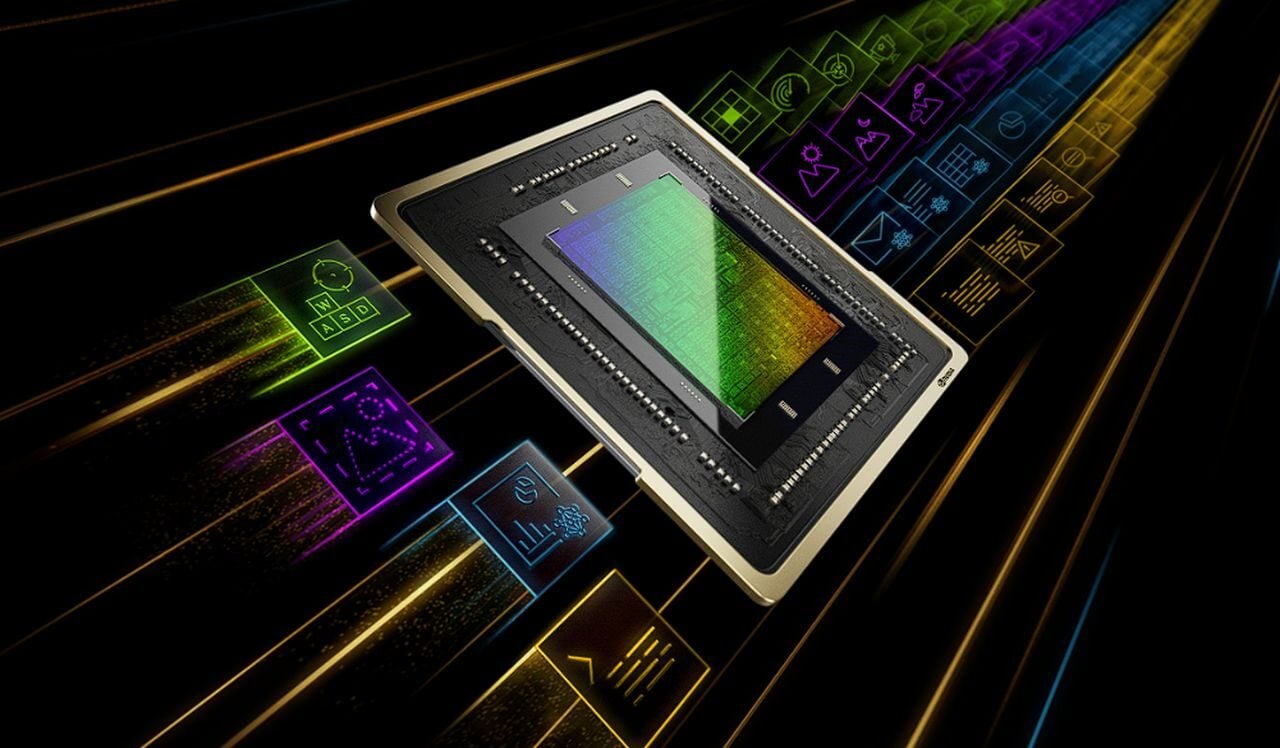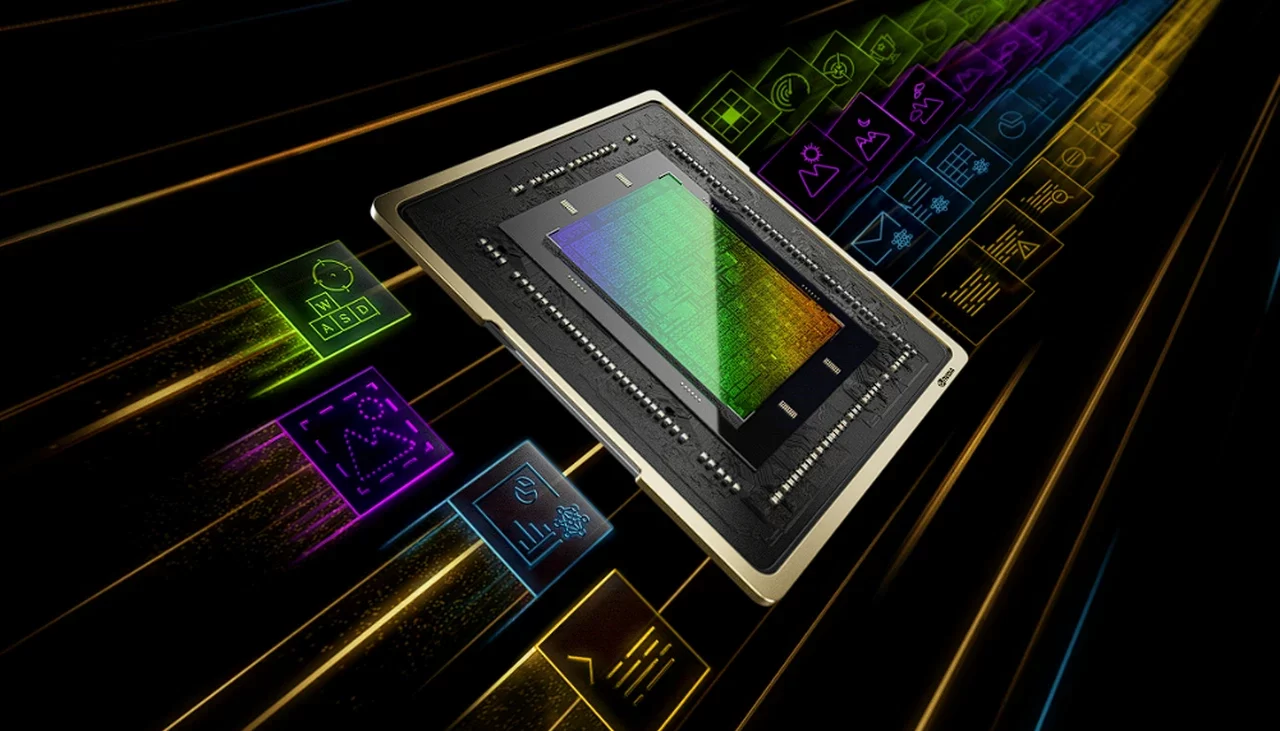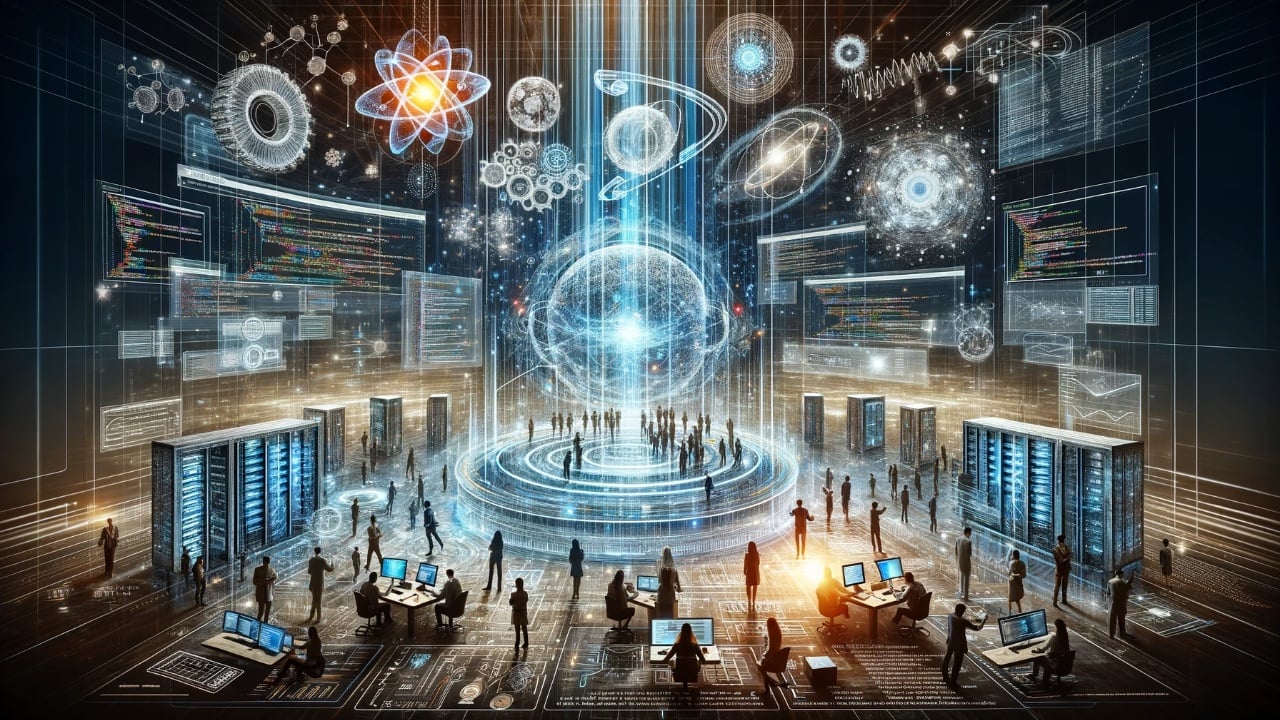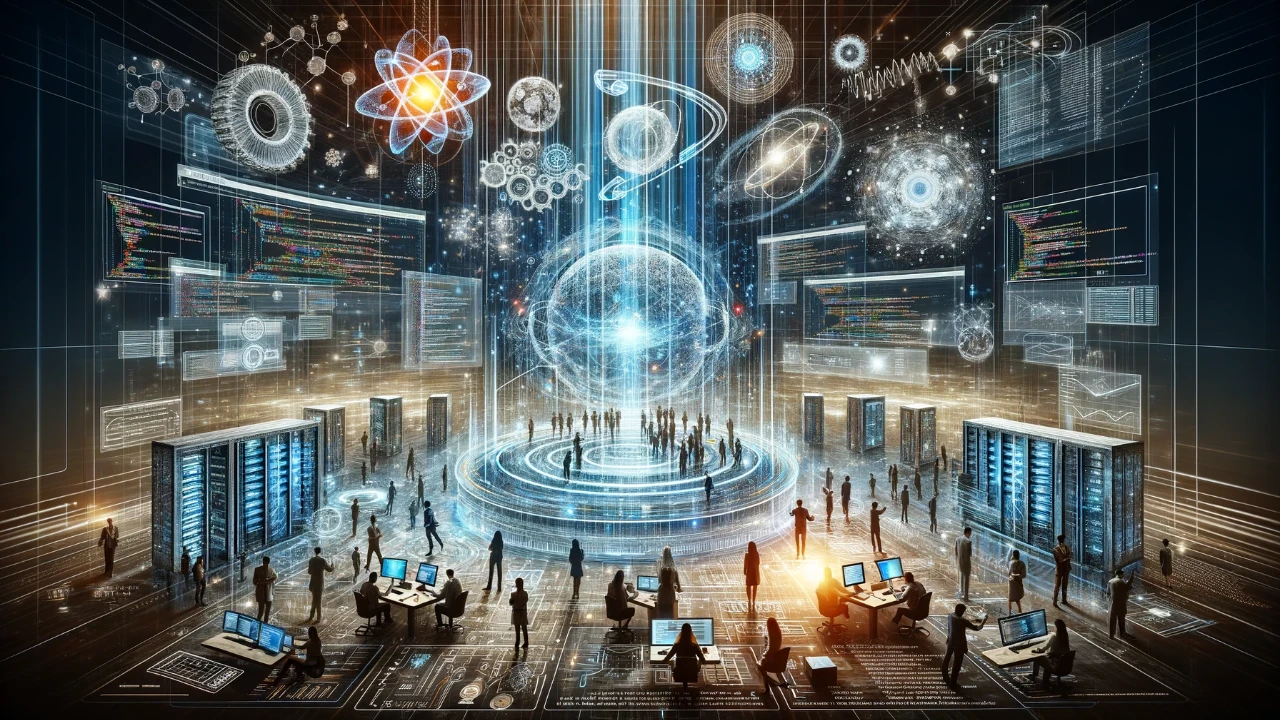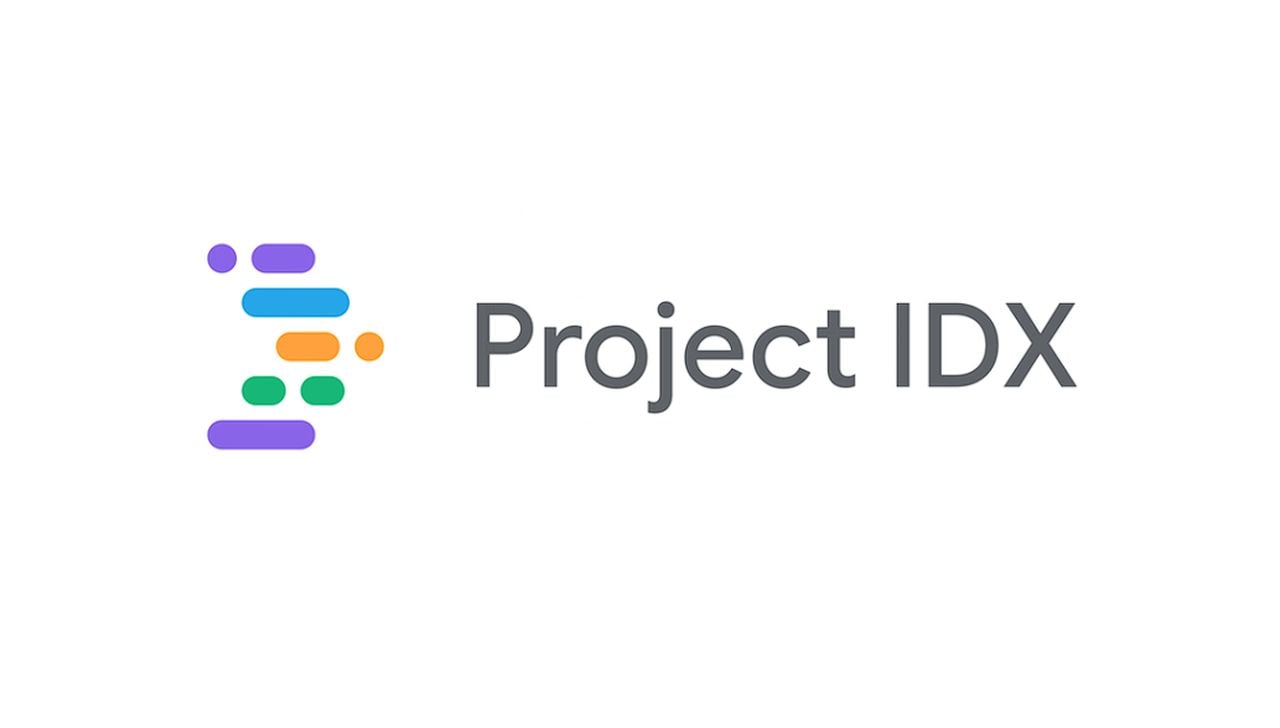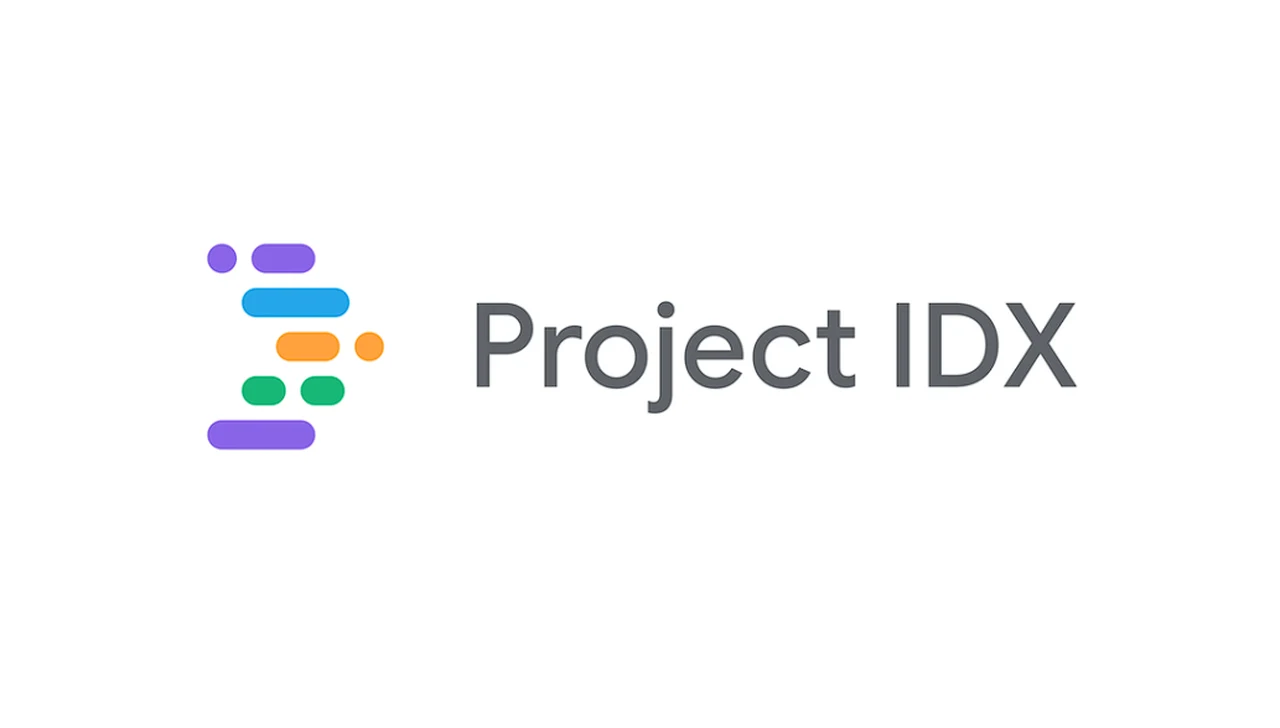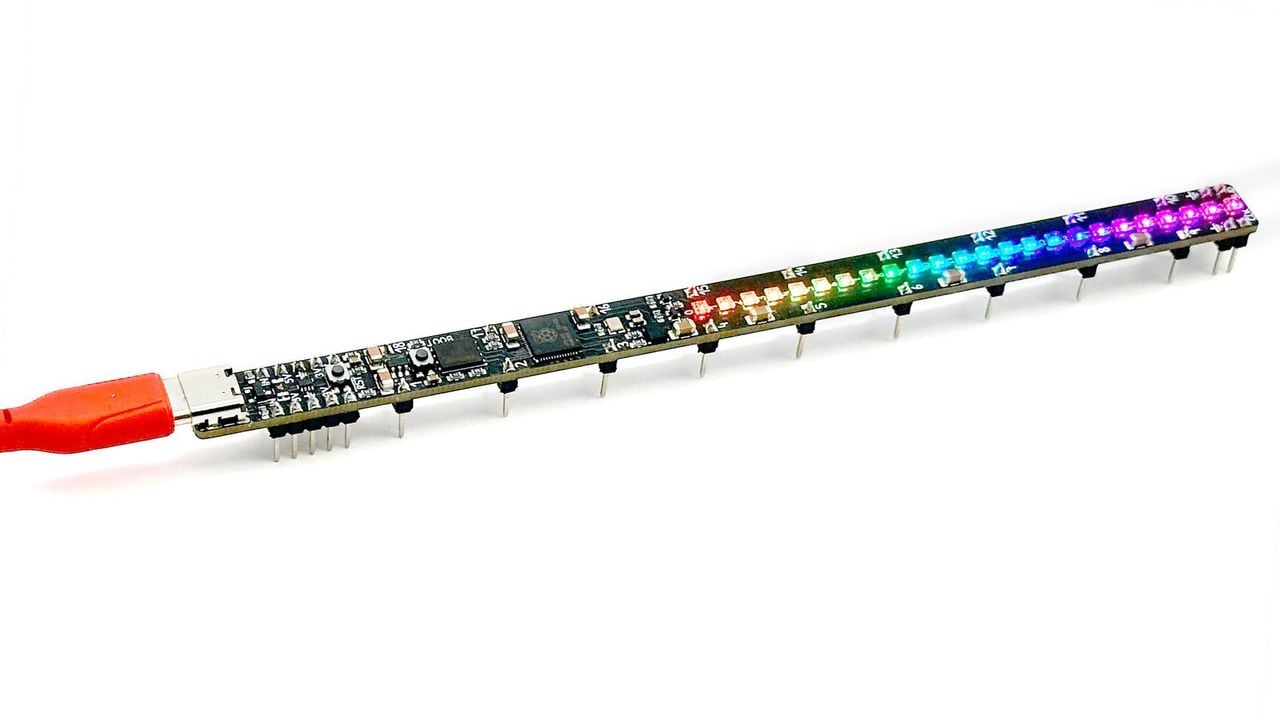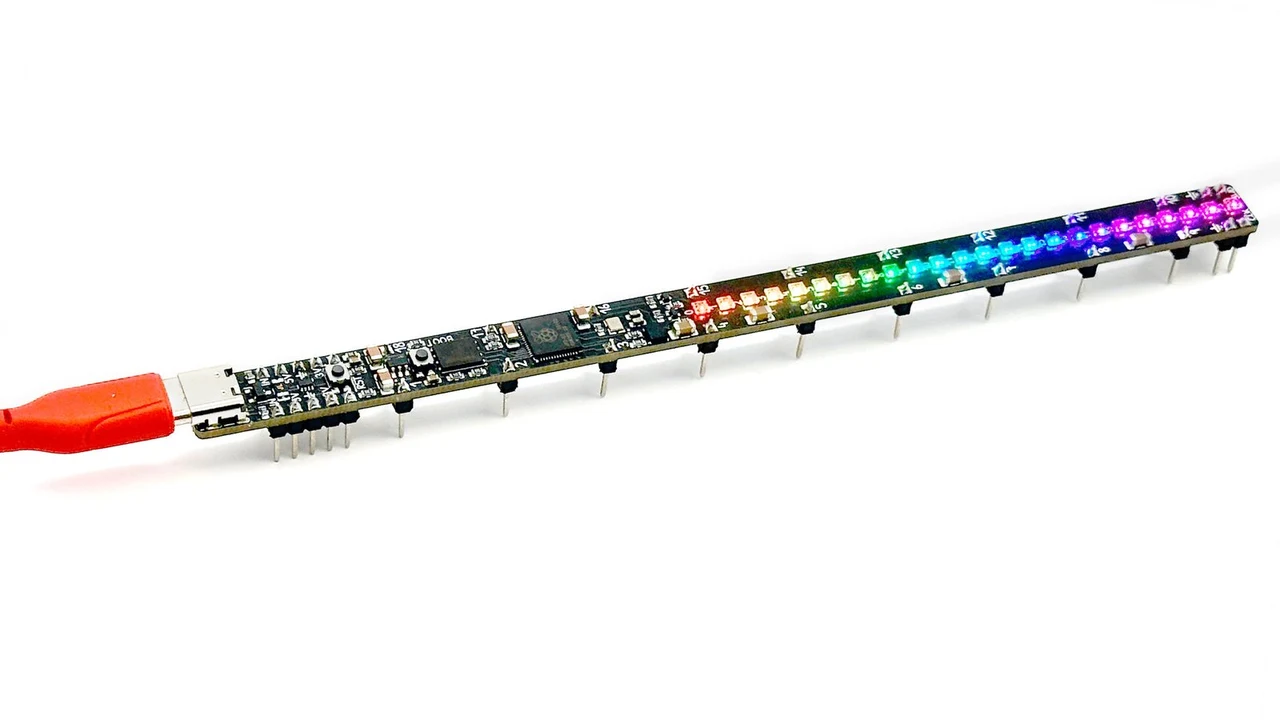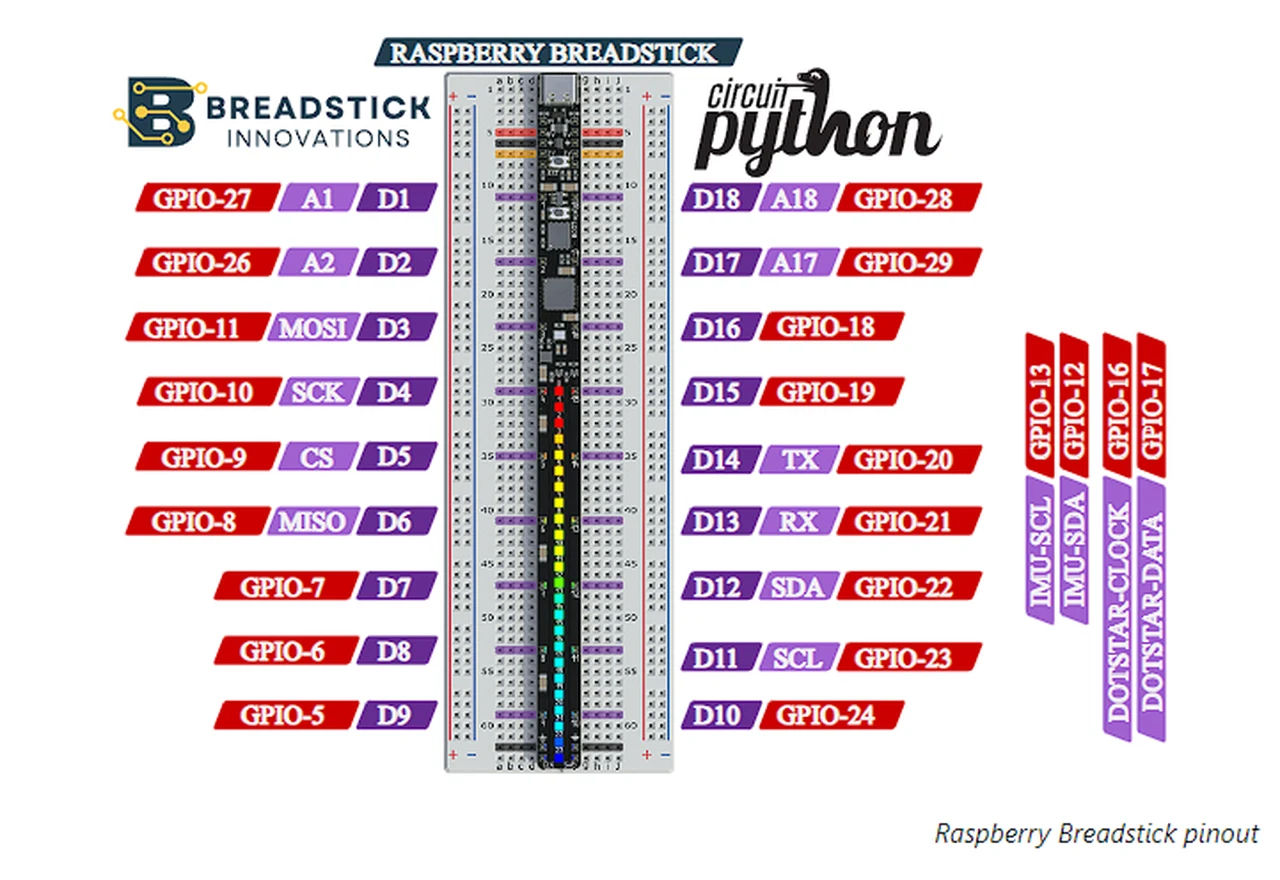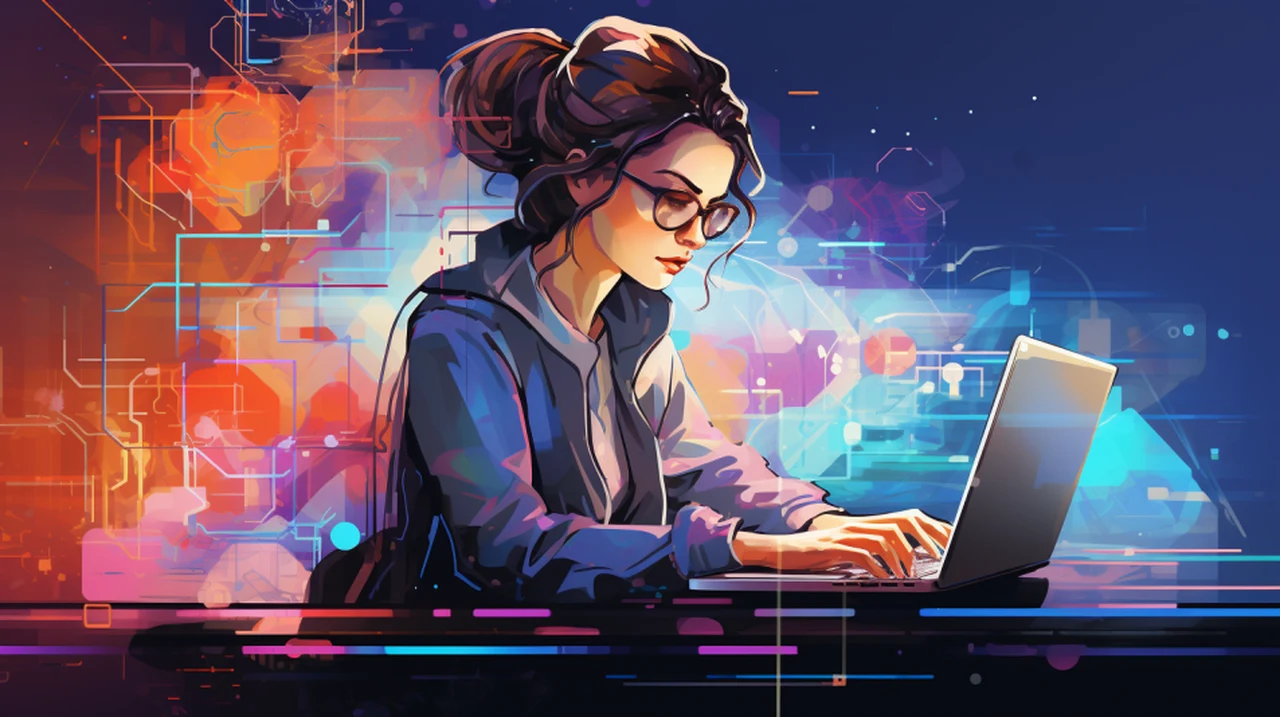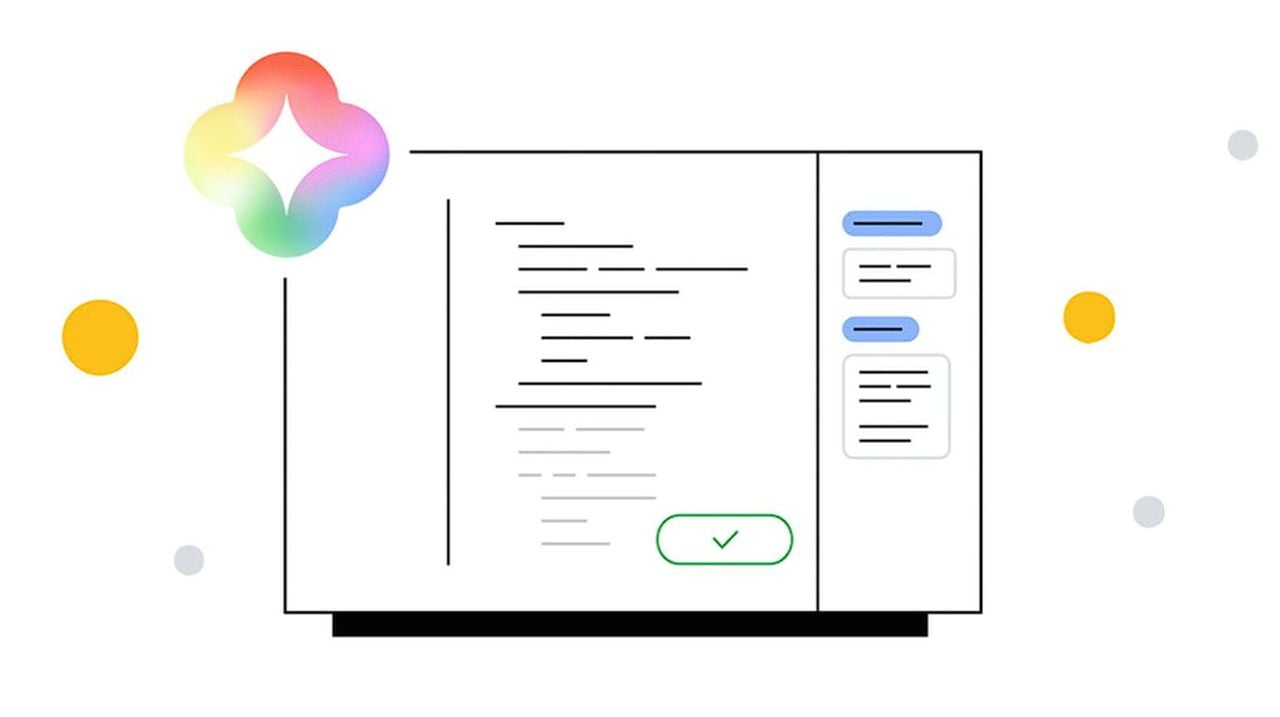
OpenAI is transitioning its focus towards the development of AI agents, which are software programs designed to automate complex tasks by controlling a user’s device. These agents are intended to perform actions such as transferring data, filling out reports, and entering information into software, mimicking human interactions with various applications. OpenAI is working on two types of agents: one that handles device-based tasks and another for web-based tasks. This shift aligns with similar efforts by tech giants like Google and Meta.
These agents are advanced software designed to automate complex tasks, making it easier for users to manage their devices and online applications. This shift is part of a larger trend in the tech industry towards increased automation and efficiency, a vision that giants like Google and Meta also share.
The Rabbit R1 device is a prime example of what AI agents can do. It’s not just another piece of technology; it represents a significant change in how we interact with our devices. Instead of the traditional way of using operating systems, AI agents promise to bring about intelligent, automated processes.
OpenAI’s goals go beyond just automating tasks. They aim to create innovative products that utilize new AI models. These models are crucial for AI agents, giving them the ability to understand and execute complex commands. The impact of these AI models could be substantial, setting new standards in various industries.
OpenAI AI Agents
Here are some other articles you may find of interest on the subject of OpenAI :
One of the key features of these AI agents is their ability to handle multiple types of inputs. They’re not limited to just text or voice; they can work with different inputs and produce a range of outputs, including visual content. This flexibility allows AI agents to function in various environments and cater to different user needs.
To introduce these advanced technologies smoothly, OpenAI is taking a phased release approach. This strategy helps maintain stability and allows users to get used to the new technology gradually. It balances the risks of introducing cutting-edge technologies with the desire to innovate. Imagine a future where AI agents take care of the tedious, time-consuming tasks at work. This could free up human employees to focus on creative and strategic activities, potentially transforming the employment and productivity landscapes. This vision aligns with the concept of workflow automation using AI agents as a workforce.
AI agents are increasingly integral to a wide range of applications, transforming industries and everyday life. Here’s a comprehensive list of current applications and a glimpse into potential future applications of AI agents:
Current AI Agent Applications
- Personal Virtual Assistants: AI agents like Siri, Google Assistant, and Alexa assist users in tasks such as setting reminders, making phone calls, sending messages, and providing information from the web.
- Customer Service and Support: Chatbots and virtual customer assistants provide 24/7 customer service across various sectors, handling inquiries, complaints, and providing information.
- Healthcare and Medical Diagnosis: AI agents help in diagnosing diseases, suggesting treatments, and managing patient data, significantly improving the accuracy and efficiency of healthcare services.
- Finance and Banking: AI agents are used for fraud detection, personal financial management, algorithmic trading, and customer service in the banking and finance sector.
- E-commerce and Retail: Recommendation engines powered by AI agents personalize shopping experiences by suggesting products based on the user’s browsing and purchasing history.
- Manufacturing and Supply Chain: AI agents optimize production lines, manage inventory, and predict maintenance needs, improving efficiency and reducing downtime.
- Autonomous Vehicles: AI agents navigate, avoid obstacles, and make split-second decisions in self-driving cars and drones.
- Smart Homes and IoT: AI agents control smart home devices, such as thermostats, lights, and security systems, improving energy efficiency and convenience.
- Education and Training: Personalized learning experiences and adaptive learning platforms are enabled by AI agents, tailoring content to the learner’s needs.
- Content Creation: AI agents assist in generating written content, music, art, and even code, augmenting human creativity.
- Environmental Monitoring and Conservation: AI agents analyze data from various sources to monitor environmental changes, predict disasters, and inform conservation efforts.
While current applications showcase AI’s transformative potential, future applications hint at a world where AI agents not only augment human capabilities but also manage complex systems with autonomy, precision, and adaptability, addressing challenges from personalized healthcare to global sustainability.
Possible Future AI Agent Applications
- Advanced Healthcare Personalization: AI agents could further personalize medicine down to genetic levels, offering treatments and preventive measures tailored to individual genetic profiles.
- Autonomous Robotics in Everyday Life: Robots powered by AI agents could perform household chores, elder care, and assist in personal tasks, becoming ubiquitous in daily life.
- Deep Space Exploration: AI agents could command space exploration missions, making decisions in environments too harsh or distant for human presence.
- Personalized Education Ecosystems: AI agents might create fully personalized curricula for learners, adapting in real-time to skills, preferences, and learning speeds.
- Smart Cities: AI agents could manage traffic, public services, energy distribution, and city planning in real-time, optimizing for efficiency and sustainability.
- Legal and Ethical Decision Making: AI agents might assist in legal research, case analysis, and even ethical decision-making, although with significant human oversight.
- Interactive Entertainment: AI could create dynamic, ever-changing content in video games, virtual reality, and other entertainment forms, responding to and evolving with user interactions.
- Quantum Computing: As quantum computing matures, AI agents could solve complex problems currently beyond reach, such as simulating molecular interactions for drug discovery.
- Augmented Reality and Personal Assistants: Future AI agents could seamlessly integrate with augmented reality, providing real-time information and assistance in visual forms.
- Global Issues and Crisis Management: AI agents might analyze global data to predict crises, propose solutions to issues like climate change, and manage resources optimally.
Developing AI agents is a collaborative effort. OpenAI is working with other companies and startups to share resources, knowledge, and expertise. This collaboration is essential for advancing the technology. The potential of AI agents is vast. They could take over a significant portion of work tasks, enabling solo entrepreneurs to build billion-dollar businesses. This change could redefine the workforce and how businesses operate. For those interested in integrating AI into their platforms, resources on adding an AI assistant to a website can be incredibly useful.
OpenAI’s move towards AI agents marks an important point in the evolution of technology. With the Rabbit R1 device leading the way, the reimagining of AI agents as a new kind of operating system, and the prospect of autonomous task management, we are on the verge of a transformative era. The integration of AI agents into our daily lives could change how we approach tasks and productivity. For those looking to delve deeper, exploring how to build advanced custom GPTs could provide further insights into the capabilities of these agents.
Filed Under: Gadgets News
Latest timeswonderful Deals
Disclosure: Some of our articles include affiliate links. If you buy something through one of these links, timeswonderful may earn an affiliate commission. Learn about our Disclosure Policy.










